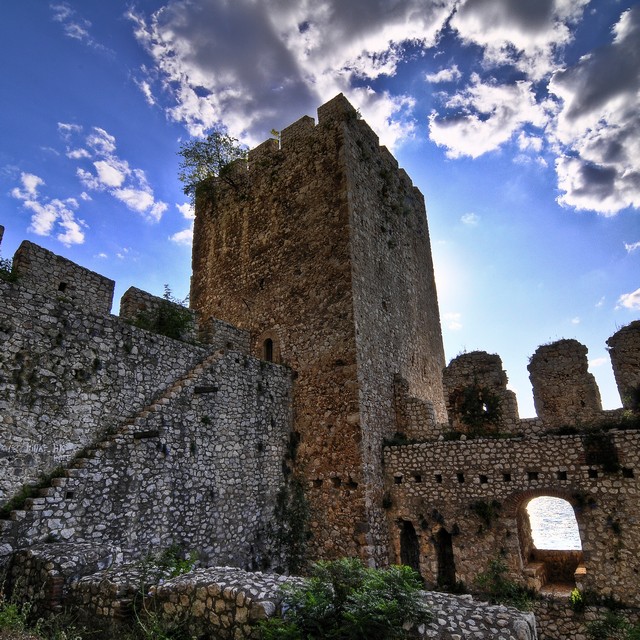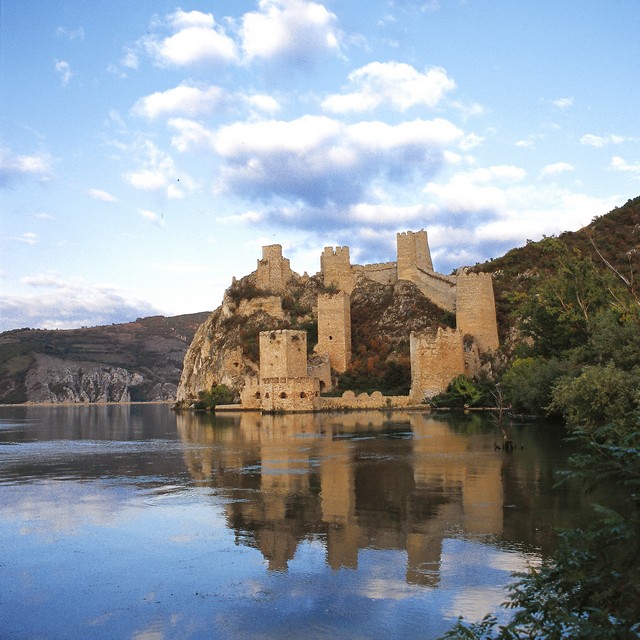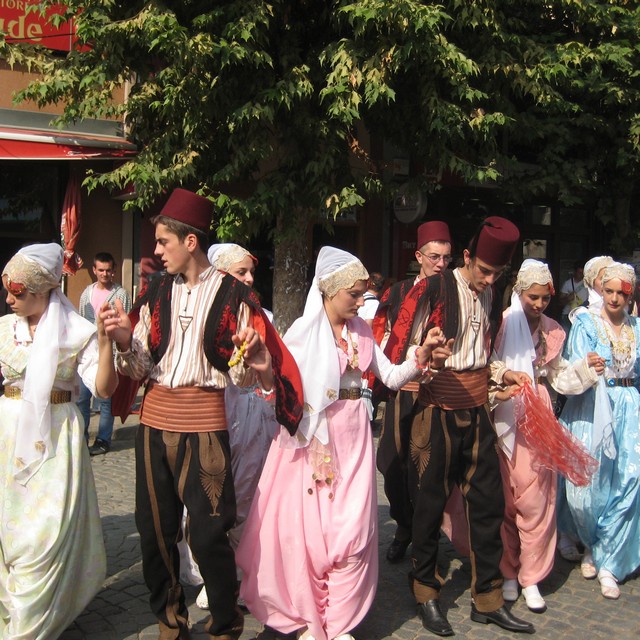
Archaeology of Serbia
Serbia
Culture | Archaeology
Follow the path of countless invaders
£1,775 pp
This is the per person group tour price, based on 2 sharing. The price is subject to change with exchange rate and flight cost fluctuations.
8 days

